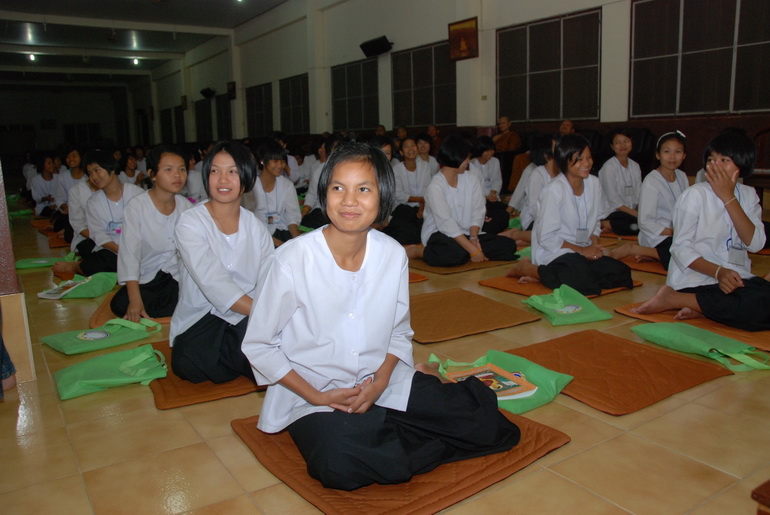Thailand is the largest Buddhist country. Approximately 95% of Thailand’s population is Buddhist. Buddhism has been entered Thailand since the third century B.C., when Buddhism had spread widely in Asia. But the form of Theravada Buddhism from Ceylon (Sri Lanka) was made the state religion only with the establishment of the Thai kingdom of Sukhothai in the thirteenth century A.D. By the nineteenth century, and especially with the coming to power in 1851 of King Mongkut, who had been a monk himself for twenty-seven years, Buddhism became steadily more centralized and more institutionalized. Development of Buddhism through the 19th century to the modern Thai results two major sects: Mahanikaya order and Dhammayuttika order. Buddhism in Thailand features the integral of religious belief with Brahminism, and the folk beliefs, such as Chinese religions from the large Thai-Chinese population.

The philosophy of Thai Buddhism was based on the religious movement founded in the sixth century B.C. by Siddhartha, later known as the Buddha. The focus of this religion is on man, not gods, with the assumption that life is pain or suffering, which is a consequence of craving; and that suffering can end only if desire ceases. The end of suffering is the achievement of nirvana, “ nibbana”- the absence of craving and therefore of suffering, sometimes as enlightenment or bliss.

Buddhism in Thailand is represented primarily by the presence of Buddhist monks, who serve as officiates on ceremonial occasions, as well as being responsible for preserving and conveying the teachings of the Buddha. Thus, Thai boy at school age, 8 years up, are allowed to become a novice or to ordain as “Samanen” or “Nen” for short. By being the novices, they are not required to follow the full range of monastic rules found in the Patimokkha (Buddhist monastic code). Novices usual ordain during a break from secular schooling, but those intending on a religious life, may receive secular schooling at the wat. During those days, before the general educational system establishing widely in Thailand, the temple serves as the primary form of education for most Thai boys; and was the only learning available to most Thai peasants. The primary reason for becoming the novice, thus, is to gain a basic education, particularly in basic reading and writing and the memorization of the scriptures chanted on ritual occasions. This training is served as if the prerequisite for attaining any higher education.

Young men at the age of 20 onwards are eligible to receive “Upasampada”, the higher ordination that establishes them as a full “Bhikkhu” (monk). This is also applied to the “Samanen or Nen” who intend on religious life and reaches 20. Nonetheless, temporary ordination is the norm among Thai Buddhists. Most young men traditionally ordain for the term of a single rainy season (known in Thai as “Phansa”).
The Buddhist temples or Thai Wats are the home of all monks and the novices. But the home area and ceremonial area are divided within the temples. The visitors may see monks performing the religious chanting in the building called “Bote” or “Buddhist Sanctuary” and their homes can be rooms or cottages, lying separately from the ceremonial area.




